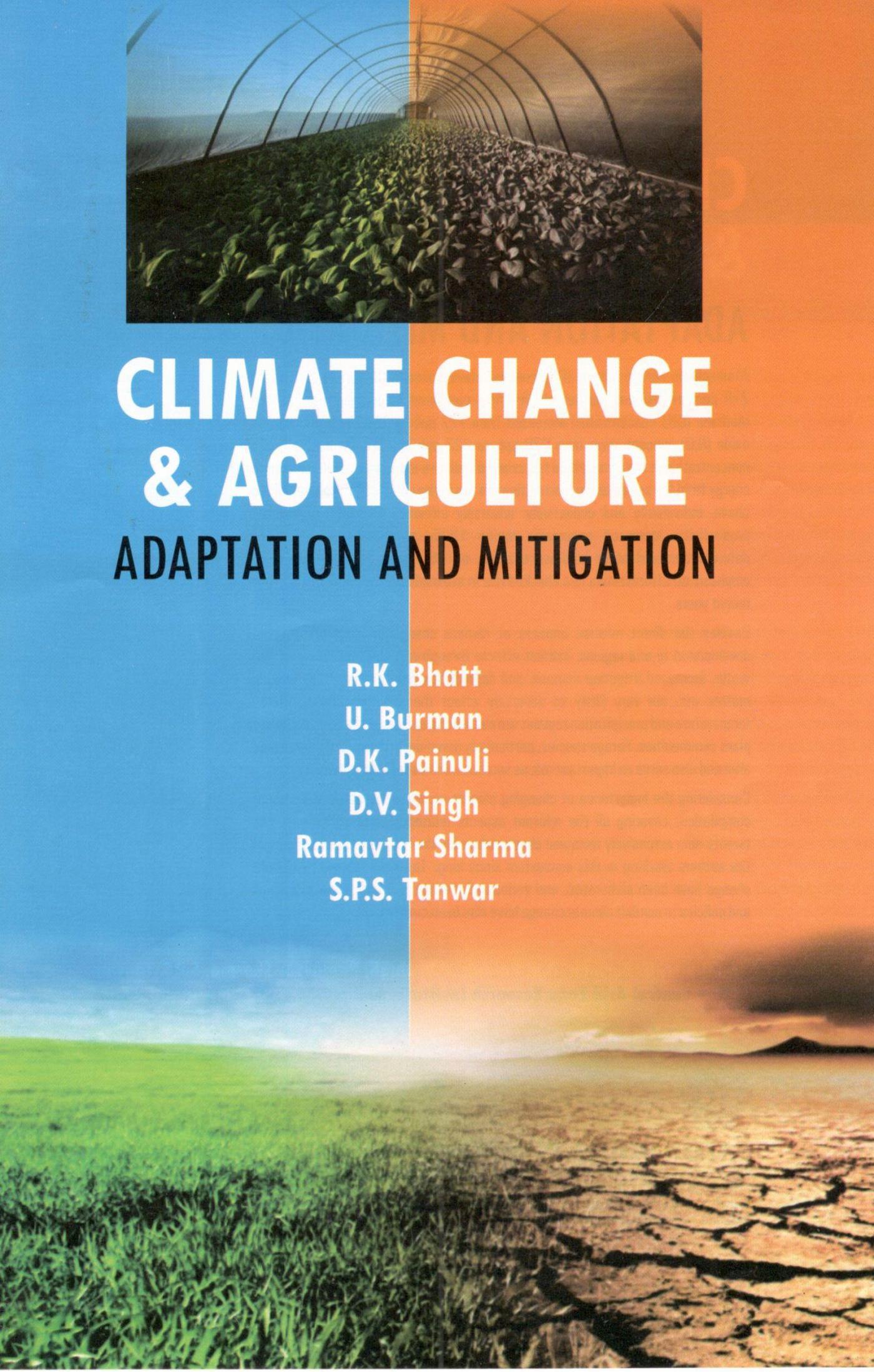Climate Change & Agriculture
Climate Change & Agriculture
Atmospheric carbon dioxide (007) concentration crossed 400 ppm in 2015 from 279 ppm of preindustrial period. Similarly, compared to preindustrial era, the methane (CH) concentration increased from 722 ppb to 1800 ppb and nitrous oxide (N20) concentra...
Read more
Atmospheric carbon dioxide (007) concentration crossed 400 ppm in 2015 from 279 ppm of preindustrial period. Similarly, compared to preindustrial era, the methane (CH) concentration increased from 722 ppb to 1800 ppb and nitrous oxide (N20) concentration from 270 ppb to 323 ppb in 2011. Increasing GHGs concentration in the atmosphere has created radiative imbalance resulting in more energy fromthe sun entering than exiting thetep ofthe earth's atmosphere. All the above, individually and collectively, adversely influence the total agriculture productivity. Increased awareness during 19905 about adverse effect of deforestation and other land-use changes on 002 stock coupled with more emphasis on afforestation has checked rise in atmospheric carbun-di-oxide in the recentyears. Besides the direct adverse impacts of climate change on crop growth and development in arid regions, indirect effects through reduced availability of rain water, increased irrigation demand, soil degradation due to loss of soil organic matter, etc. are very likely to adversely affect the arid agriculture. Altered temperature and precipitation regimes are most likely to change the composition of plant communities. Forage species, particularly perennial grasses, cover large land area and also serve an important role as source and sinks for atmospheric carbon. Considering the importance of changing climate on arid ecosystem, the present compilation, covering all the relevant aspects related to arid agriculture, has twenty-nine extensively reviewed chapters bearing the mark of rich experience of the authors working in this ecosystem since long. The risks related to climate change have been elaborated, and various adaptation and mitigation strategies and policies to combat climate change have also been covered.
Less





























